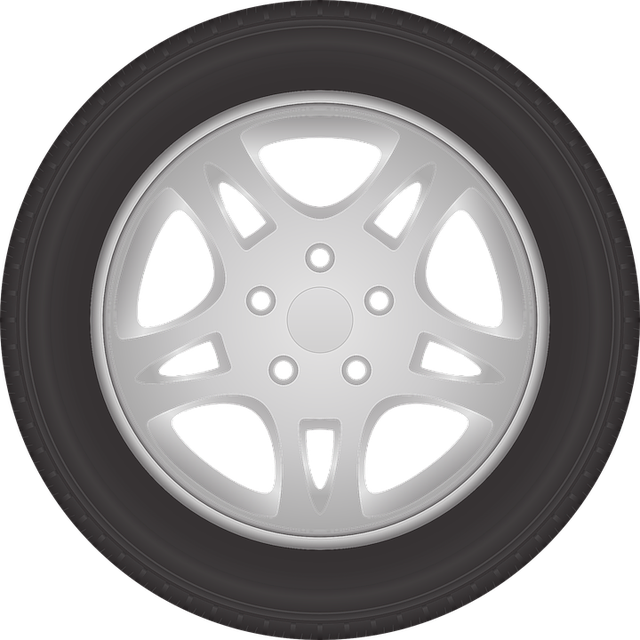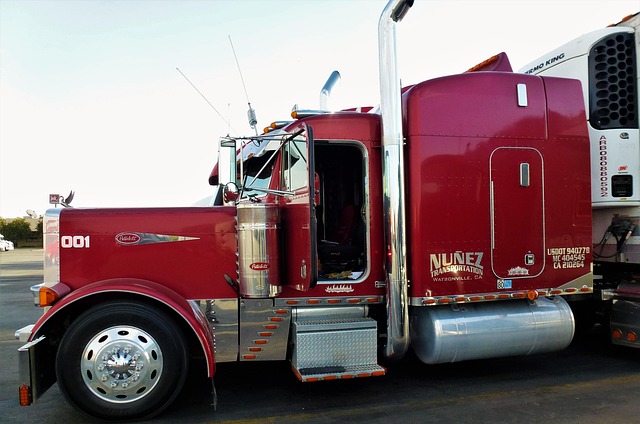Looking to register your car in California? This comprehensive guide breaks down the process step-by-step, from understanding key requirements to verifying your vehicle’s crucial VIN (Vehicle Identification Number). We’ll walk you through gathering essential documents, selecting the right registration type, and completing the application process. Ensure accuracy with our tips on VIN verifier usage, a critical component in California car registration.
- Understand California Car Registration Requirements
- Gather Necessary Documents for Vehicle Registration
- Choose an Appropriate Registration Type in California
- Complete the Car Registration Application Process
- Verify Your Vehicle's VIN and Ensure Its Accuracy
Understand California Car Registration Requirements

Before diving into the registration process, it’s crucial to understand California’s car registration requirements. These regulations are in place to ensure vehicle safety and track ownership across the state. One key component is the verification of your vehicle’s VIN (Vehicle Identification Number). A vin verifier, whether used for a mobile vin verification or mobile vin inspection, plays a vital role by cross-referencing your VIN with state databases, confirming its authenticity and history. This step is essential to prevent fraud and ensure compliance with California’s strict automotive regulations.
Additionally, when registering your car in California, you must meet specific criteria such as having valid insurance, passing an emission test (in some regions), and paying the necessary fees. These requirements may vary based on factors like vehicle age and emissions standards. Therefore, it’s important to consult official resources or seek professional guidance for a seamless registration process, especially when conducting a vin inspection.
Gather Necessary Documents for Vehicle Registration

Before you start the registration process, ensure you have all the required documents for a smooth transaction. The California Department of Motor Vehicles (DMV) requires several key pieces of information to register your vehicle. One crucial document is the Vehicle Identification Number (VIN) verifier, which can be obtained through a mobile VIN inspection or verification service. These services allow you to quickly and easily retrieve detailed vehicle history information by using a smartphone app or online platform.
Additionally, gather important paperwork such as the title or bill of sale, proof of insurance, and a valid driver’s license. If you’re registering a new car, you’ll need the manufacturer’s certificate of origin (MCO) along with any applicable emissions test results. For used vehicles, a completed DMV Form 137 (Application for Title/Registration) is essential. Make sure all documents are up-to-date and accurate to expedite the registration process at your local California DMV office.
Choose an Appropriate Registration Type in California

When registering a car in California, understanding the different registration types is essential. The state offers various options depending on your vehicle’s age and intended use. One crucial step is to determine if your car qualifies for an online registration or if you need to visit a DMV office. If your vehicle is newer or falls under specific categories like low-emission vehicles or classic cars, it might be eligible for simplified registration processes.
California’s Vehicle Identification Number (VIN) verifier plays a vital role in this process, especially when considering mobile VIN verification and inspection services. These options allow owners to complete the registration from the comfort of their homes or while on the go, using a mobile vin verifier app. This modern approach streamlines the traditional DMV experience, making it more accessible for California residents.
Complete the Car Registration Application Process

To complete the car registration application process in California, start by gathering all necessary documents. This typically includes your vehicle’s Registration Application (DMV Form SR-16), proof of insurance, and a valid driver’s license. Next, obtain a Vehicle Identification Number (VIN) verification from a trusted source, such as a mobile VIN verifier or through a professional inspection. Accurately enter the VIN on the application form, as this critical information is used to validate ownership and ensure compliance with California’s registration requirements.
Once your documents are in order, submit the completed application to the California Department of Motor Vehicles (DMV). You can do this in-person at a local DMV office or online through their official website. For convenience, consider using a mobile VIN inspection service to verify your vehicle’s details before submitting the application. This step ensures that all information is correct, reducing potential delays or issues during the registration process.
Verify Your Vehicle's VIN and Ensure Its Accuracy

Before registering your car in California, it’s crucial to verify your vehicle’s Vehicle Identification Number (VIN). This unique 17-character code is a critical component of the registration process and ensures that your vehicle is accurately identified. Start by obtaining your VIN from the vehicle’s driver-side door frame or the title documents if available.
Next, consider using a mobile vin verification service for added convenience. These services allow you to quickly and easily confirm your VIN’s accuracy through an app or online platform, providing peace of mind before proceeding with registration. A valid and precise VIN inspection is an essential step in ensuring a smooth car registration experience in California.
Registering a car in California involves understanding state requirements, gathering essential documents, selecting the right registration type, and accurately completing the application process. Always verify your vehicle’s VIN (using a reliable VIN verifier) to ensure accuracy during registration. By following these steps and adhering to California’s regulations, you’ll successfully navigate the car registration process, ensuring your vehicle is legally recognized and ready for the road.
